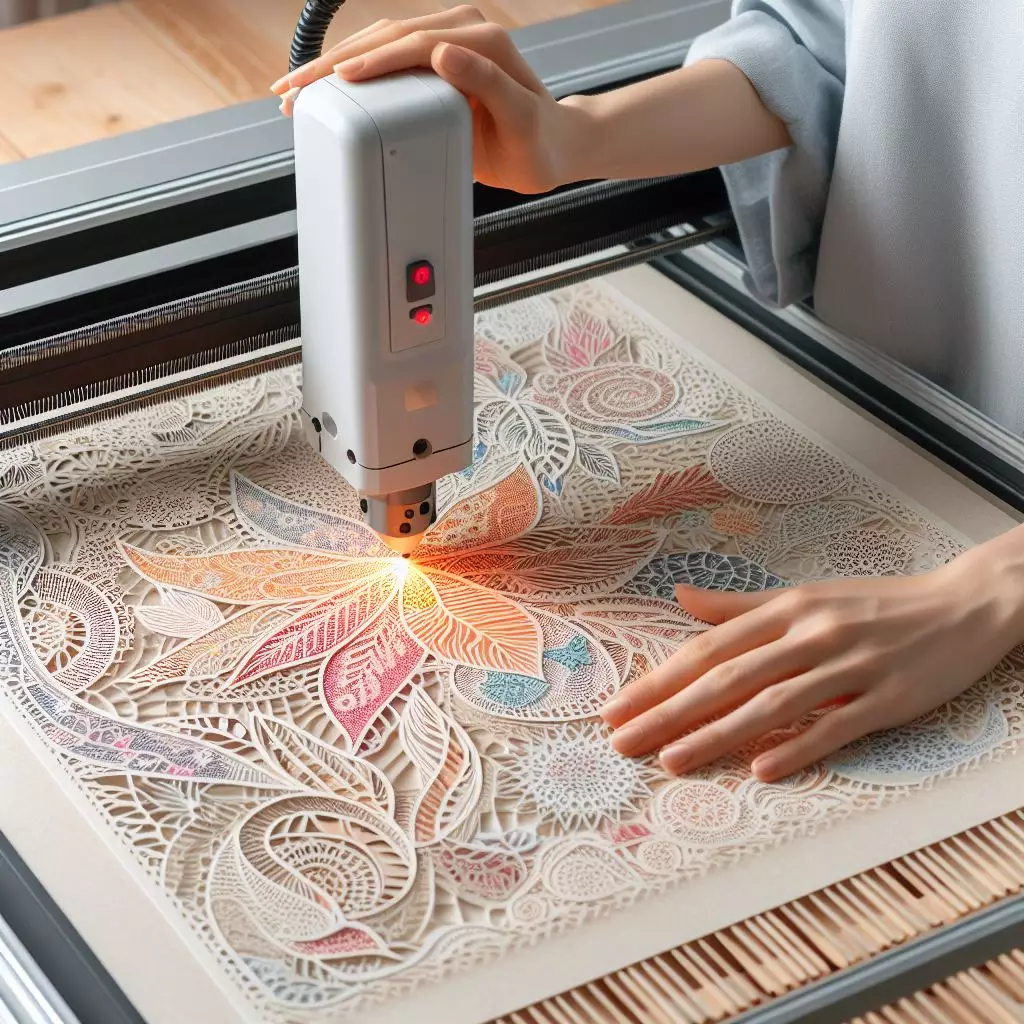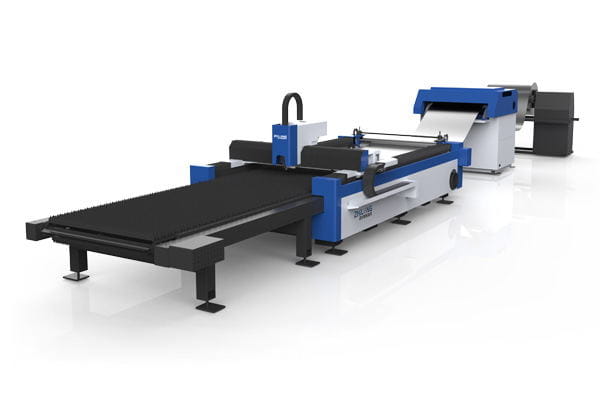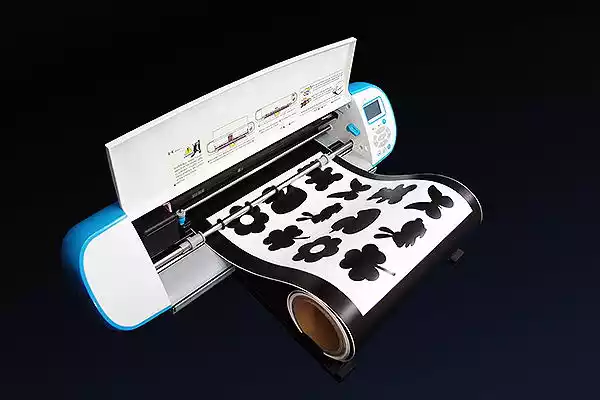The evolution of the textile and fashion industries has been significantly influenced by technological advancements, with laser cutting technology standing out as a pivotal innovation. This technique has not only enhanced design capabilities but also improved efficiency and sustainability in production processes.

Laser Cutting Technology Explained
Laser cutting employs high-powered lasers to precisely cut materials. The most common types used in the textile and fashion industries are CO2 lasers, valued for their versatility across different materials. Unlike traditional cutting methods, laser cutting offers unmatched precision and speed, allowing for intricate designs and patterns on a variety of textiles.
Advantages of Laser Cutting in Textile and Fashion
Laser cutting technology brings several advantages to the textile and fashion industries. Its precision enables the creation of detailed and complex designs that would be challenging with conventional methods. Efficiency is another significant benefit, with laser cutting dramatically reducing production time. Moreover, its ability to minimize waste aligns with the industry’s growing focus on sustainability. The versatility of laser cutting machines means they can handle diverse materials, from delicate fabrics to tougher materials like leather, fostering innovation in design and application.
Applications in the Textile and Fashion Industries
In the realm of fashion, laser cutting has found applications in prototyping, custom and mass production, and textile art. It enables designers to produce bespoke and tailor-made items more efficiently, while also facilitating the creation of intricate patterns and embellishments on garments. Additionally, laser cutting is instrumental in developing functional textiles for industrial applications, including automotive and medical, and for integrating technology into wearable fabrics.
Current Trends and Innovations
The fashion industry is witnessing a surge in the use of laser cutting, from haute couture to mainstream brands, driving a trend towards more personalized and intricate designs. Innovations in laser technology are making the machines more sustainable and energy-efficient, broadening their appeal and application. Designers and brands are increasingly leveraging laser cutting to push the boundaries of fashion, creating unique and compelling pieces that stand out in a crowded market.
Challenges and Solutions
Despite its benefits, integrating laser cutting technology poses challenges, including high initial costs and the need for specialized training. However, solutions like equipment leasing, outsourcing, and seeking financial support through grants can help overcome these barriers, making laser cutting more accessible to a wider range of designers and producers.
Future Outlook
The future of laser cutting in the textile and fashion industries looks promising, with ongoing technological advancements expected to enhance its capabilities further. As the industry continues to emphasize sustainability and innovation, laser cutting is poised to play a crucial role in shaping its future, offering new possibilities for creativity and efficiency in design and production.


